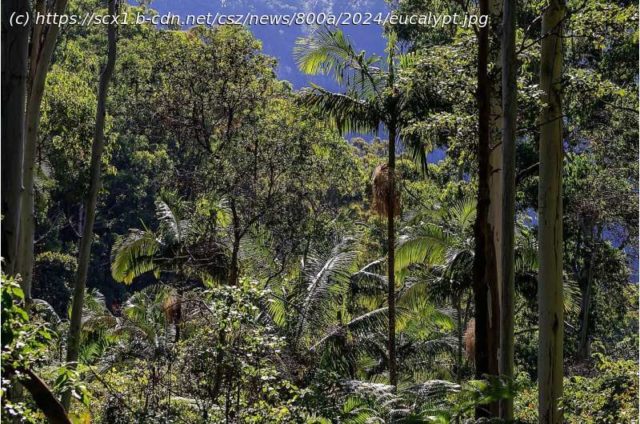Australia contains some of the world’s most biologically diverse and carbon-dense native forests. Eucalypts in wet temperate forests are the tallest flowering plants in the world and home to an array of unique tree-dwelling marsupials, rare birds, insects, mosses, fungi and lichen, many of which have not even been catalogued by scientists. Yet our country remains in the top ten list globally for tree cover loss, with almost half of the original forested areas in eastern Australia cleared.
Australia contains some of the world’s most biologically diverse and carbon-dense native forests. Eucalypts in wet temperate forests are the tallest flowering plants in the world and home to an array of unique tree-dwelling marsupials, rare birds, insects, mosses, fungi and lichen, many of which have not even been catalogued by scientists. Yet our country remains in the top ten list globally for tree cover loss, with almost half of the original forested areas in eastern Australia cleared.
This loss has been devastating for Australia’s native plants and animals and contributes to global warming through vast amounts of carbon emissions. The global biodiversity and climate change crises are inextricably linked—we cannot solve one without the other.
Earth’s ecosystems, such as forests, coastal wetlands and tundra, contain enormous amounts of carbon. But deforestation and degradation by humans is likely to send global warming past 1.5°C, even if we achieve net-zero fossil fuel emissions. Protecting native forests is a critical way to prevent emissions, which must be achieved in parallel with a rapid transition to clean energy.
What is being overlooked in current international climate policy under the Paris Agreement is the crucial role of biodiversity in maintaining healthy ecosystems and their integrity, which keeps carbon stored in forests, not the atmosphere. Healthy ecosystems are more stable and resilient, with a lower risk of trees dying and lower rates of carbon emissions.
The way we currently count carbon stores risks creating incentives to plant new trees rather than protect existing forests. Yet old-growth forests store vastly more carbon than young saplings, which will take decades or even centuries to reach the same size.
On January 1 this year, both Victoria and Western Australia ended native forest logging in state forests. This is a good start. But the rest of Australia is still logging native forests. Extensive land clearing continues for agriculture and urban development, as well as native forest harvesting on private land.
The end of native timber logging in two states is a chance for new approaches to our forests, which recognizes the contribution of biodiversity to healthy forest ecosystems, as well as endangered species protection and clean water supplies.
Ending native forest logging isn’t entirely simple. In Victoria, consultation on the future of state forests is ongoing. The Victorian Environmental Assessment Council is due to release its final recommendations in July.
The Victorian government has also put in place a Forestry Transition Program to help forest contractors find alternative work in forest and land management. Some of these transition programs are proving controversial.
In Western Australia, around 2.
Home
United States
USA — IT Ending native forest logging would help Australia's climate goals much more than...






